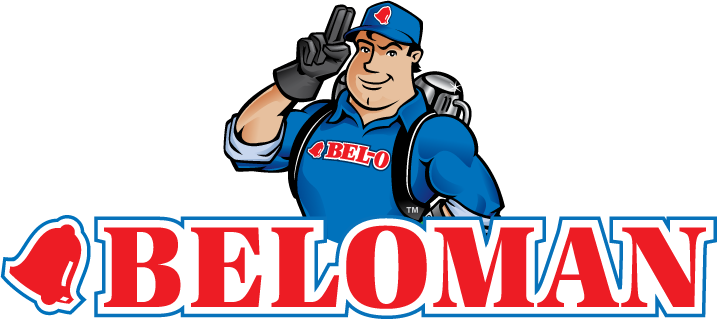How Your HVAC System Can Help Fight Spring Allergies
With so much air cycling through your home’s ductwork every time the HVAC runs, there is a great opportunity to capture dust and pollen. These are some of the prime irritants that drive everything from sneezing to allergies. Without the right setup, your home’s HVAC can make these issues worse. However, a few small changes can turn your HVAC into an asset in the fight against dust and pollen.
Filters
Improved filtration makes a noticeable difference in any HVAC. Modern HVACs have filters for air intake. However, these are often rated to capture particulate matter at 10 microns (PM10) at the smallest. Many built-in filters are fiberglass models that only capture dust bunnies, lint, and large bits of pet hair.
High-efficiency particulate air (HEPA) filters capture objects down to 2.5 microns (PM2.5) at a rate of better than 99.9% effectiveness. These are the systems that are common in hospitals, providing very clean air. Notably, they also capture most forms of dust and pollen.
If your HVAC isn’t built with a HEPA filter system, you can usually order a retrofit. Frequently, a HEPA filter system can attach to the air return to capture dust and pollen that’s circulating in your house. This allows you to keep the existing HVAC while integrating a new HEPA filter.
You should replace the most common types of air filters once every three months. It is a good idea to check the filters once a month, especially if your household has some sources of irritants like pets or smokers. Many advanced filtration systems use a pre-filter to capture bigger particulate matter. The PM2.5 filters in these systems may have less frequent replacement schedules, such as once every six to 12 months.
Airflow and Ventilation
Improved airflow also tends to make a difference. If there isn’t enough airflow and ventilation to get irritants out of your house, then they will slowly accumulate. Our technicians regularly check airflow from vents to make sure there’s enough circulation. Likewise, we can improve ventilation systems to make sure stale air doesn’t settle in.
Modern heat-exchanging ventilation systems also make this process more energy efficient. These systems capture a majority of the escaping heat during the ventilation process. They pump the stale air out while recycling the heat into your HVAC, saving money and improving indoor air quality.
HVAC System Maintenance
Declining heating and air conditioning performance also negatively affects air quality. Systems like fans and blower motors are critical to pushing air through your home’s ductwork. As these components age, their efficiency declines about 5% per year without regular maintenance.
Basic maintenance also improves overall performance and efficiency. Something as simple as cleaning your AC unit’s condenser coils can help it do its job better while also eliminating accumulated dust and mold. This leads to fewer cycles and better indoor air quality. Improved AC performance tends to keep humidity levels down, and the goal is to maintain a relative humidity number below 50% to discourage mold growth. In many homes, mold is a major source of dust. Spores spread throughout the house via the HVAC, landing on surfaces.
Duct cleaning is another critical maintenance task. You should schedule duct cleaning at least once every three to five years. If your home is close to a highway or factory, then a more frequent schedule might be better.
HVAC tune-ups should occur at least once a year. We can send a technician to test the controls, study the airflow, and lubricate moving parts. Many people schedule this work in the spring. If your home’s HVAC is older than 10 to 15 years, then you should schedule a second checkup in late summer or the beginning of fall.
BELOMAN invites local home and business owners to talk about their HVAC needs. We work on heating and cooling systems, including projects that involve indoor air quality issues. Our technicians can set up air filters and scrubbers, including advanced units that employ germicidal UV light.
We are a family business that has been around since 1959. Every project includes a customer satisfaction guarantee. Also, we have an A+ rating and multiple awards from the Better Business Bureau. You can trust us because we’re licensed, bonded, and insured. We also employ NATE-certified technicians.
Stop worrying about dust and pollen in your Bellville, IL, home. Contact BELOMAN today to discuss indoor air quality solutions.







